Snapdragons (Antirrhinum majus)—with their whimsical blooms that resemble a dragon’s face opening and closing when squeezed—are enchanting flowers beloved by gardeners, florists, and pollinators alike. Renowned for their tall flower spikes and vibrant array of colors, snapdragons are widely grown for cut-flower arrangements, garden borders, and ornamental landscapes.
Unlike some flowers with centralized commercial production, snapdragons are cultivated across various climates and regions. Yet one country stands genuinely at the top as the largest snapdragon grower worldwide.
Top of the Blooms: The Netherlands Leads Snapdragon Production
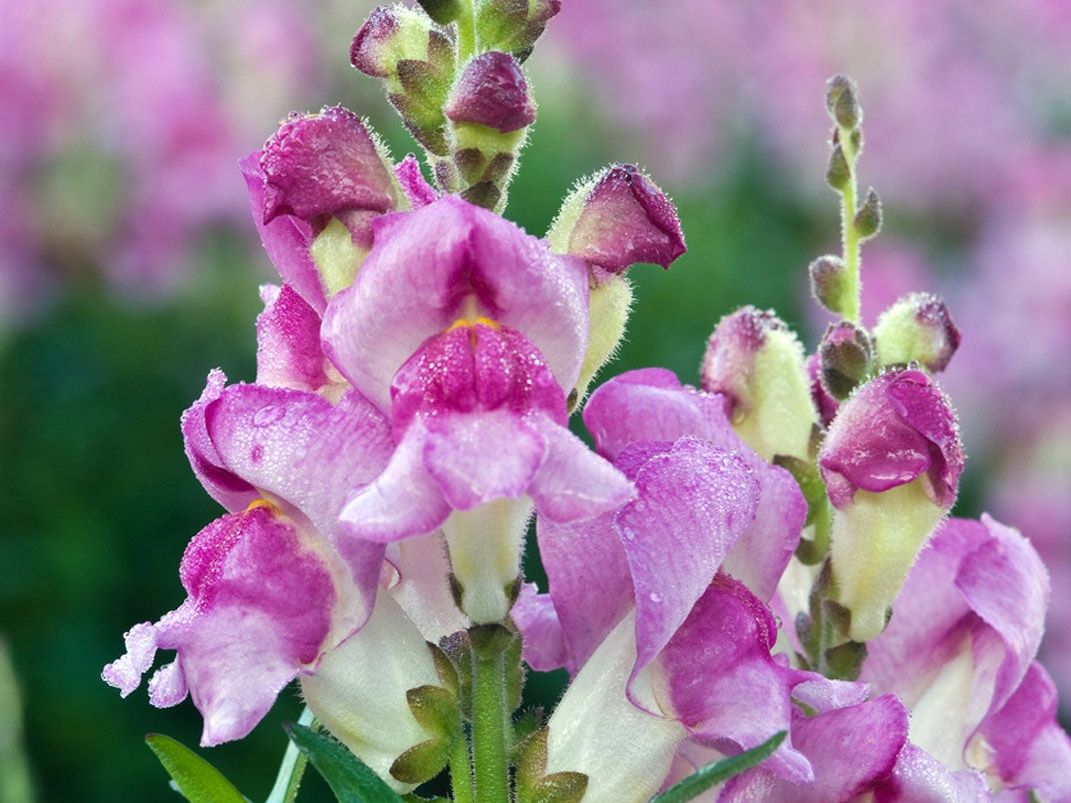
The Netherlands is the world’s largest producer of snapdragons, commanding nearly 75–80% of the global market for cut snapdragon flowers. Several key reasons explain its dominant position:
Ideal Climate & Advanced Greenhouse Technology
- The Dutch climate—cool summers, mild winters—and state-of-the-art greenhouse infrastructure (heated, climate-controlled glasshouses with precision lighting and shading systems) allow virtually year-round snapdragon cultivation.
- These conditions guarantee consistent quality, uniform stem length, and long vase life.
Horticultural Innovation & Breeding Expertise
- Dutch breeders in companies like Rijnplant, Rob’s Plants, and Straathof have developed hundreds of snapdragon cultivars featuring novel colors, flower forms, and disease resistance.
- Cutting-edge research into compact garden varieties, pastel tones, and double blooms keeps Dutch snapdragons at the forefront of market trends.
Strong Export Infrastructure
- Snapdragons are sold globally through Royal FloraHolland, the world’s largest flower auction, and exported swiftly via The Netherlands’ efficient Reefer cargo systems.
- Key markets include Germany, the UK, France, Japan, Canada, and the US—many receiving Dutch snapdragons within 24–48 hours of harvest.
Other Key Snapdragon Producers
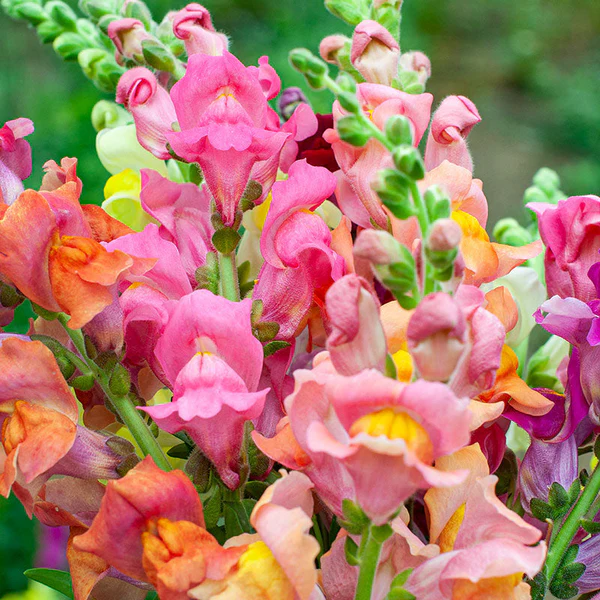
While the Netherlands leads, several other countries play significant roles in global Snapdragon production:
Colombia
- Warm climate and cold-chain export logistics enable year-round cultivation.
- Focused on supplying the North American market, especially for wedding-season spikes.
Kenya
- High-altitude growing regions produce snapdragons during European off-seasons.
- Export-oriented farms target Western Europe and the Middle East.
Ecuador
- Gained recent attention through high-quality export production to North America.
- Competes closely with Colombia for stem-length and color consistency.
United States
- California, Arizona, and Florida grow snapdragons for domestic markets.
- Focus on fresh local supply during peak spring-summer seasons.
Japan
- While primarily ornamental, there is growing greenhouse production for bonsai and boutique floristry.
Global Snapdragon Market Overview
- Global market size (cut snapdragons): estimated at US$600–700 million annually.
- Top importers: Germany, UK, Netherlands (for re-export), US, Canada, Japan.
- Largest producers: Netherlands (~75%), Colombia (~8–10%), Kenya & Ecuador (~5–7% each), others share remainder.
Snapdragon Uses & Popularity
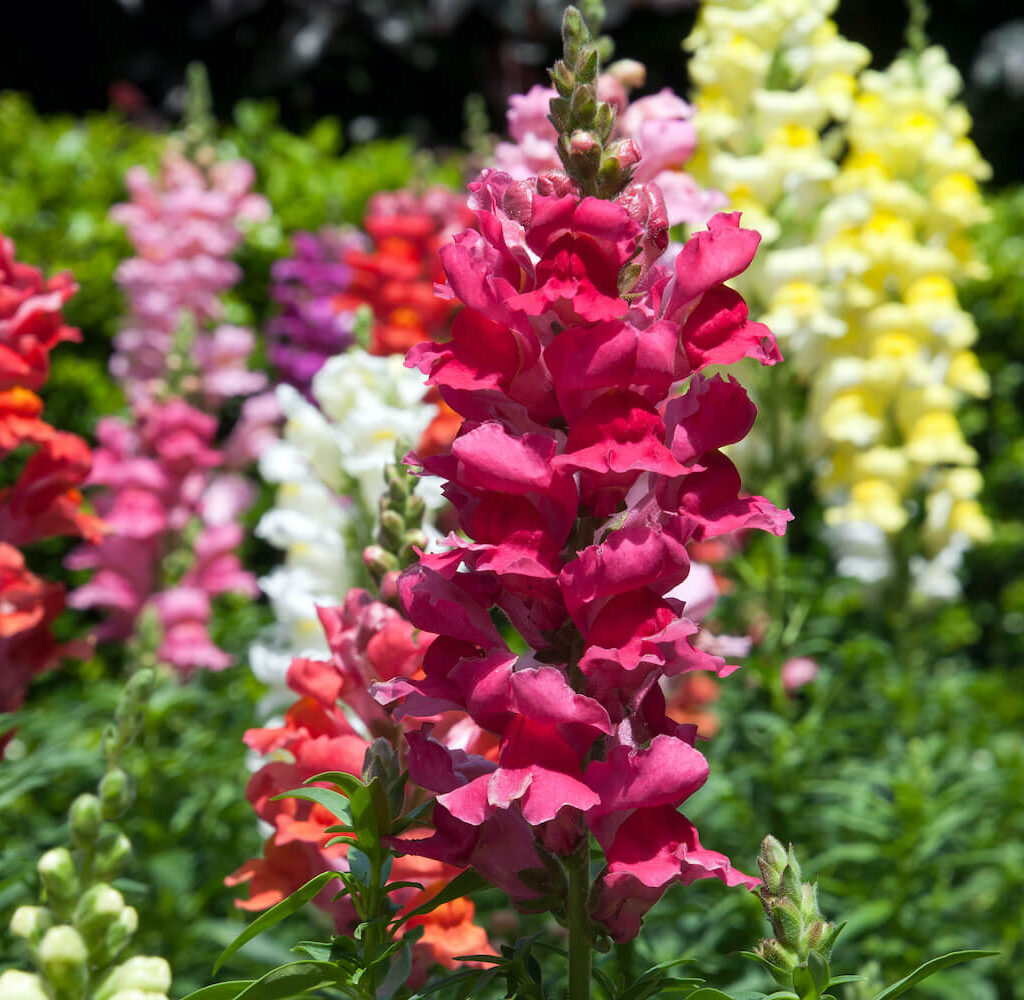
- Cut flowers: preferred for tall vase arrangements and mixed bouquets.
- Garden ornamentals: spring and summer bedding plants.
- Pollinator attractors: sweet fragrance and nectar-rich blooms draw bees and butterflies.
- Floristry and events: wedding, celebration, and sympathy arrangements.
Why the Netherlands Wins
| Advantage | Details |
|---|---|
| Greenhouse expertise | Dutch growers mastered climate control before others, enabling year-round growth regardless of season. |
| Cultivar development | Exclusive breeding programs output high-demand traits: double petals, pastel shades, sturdy stems. |
| Auction & logistics | Door‑to‑door export to 100+ countries via refrigerated auctions within 24 hours. |
| Domestic collaboration | Growers, breeders, and researchers collaborate on disease control, breeding, and automation. |
Challenges & Innovations
- Disease control — pests like thrips and fungal pathogens threaten crops; Dutch growers employ bio-control and integrated pest management (IPM).
- Labor & energy costs — high in Europe; growers invest in automation like harvesting robots and smart sensors to maintain margins.
- Sustainability — logistics, reduced pesticide use, and eco-label certifications are increasingly important.
- Breeding pipelines — research into compact Snapdragon varieties increases appeal in emerging markets like Asia and Latin America.
The Future of Snapdragon Production

- Vertical farming and indoor production are emerging—automated consignment could bring snapdragons closer to DIY bouquet makers.
- Seasonal expansion—Colombian and Kenyan growers may diversify Snapdragon portfolio for events during Northern Hemisphere off-season.
- Emerging breeders—US, China, and UK universities are working to introduce cold-tolerant and energy-efficient varieties.
- Sustainability push—Third-party eco certifications help snapdragon exporters in climate-conscious markets.
Final Verdict
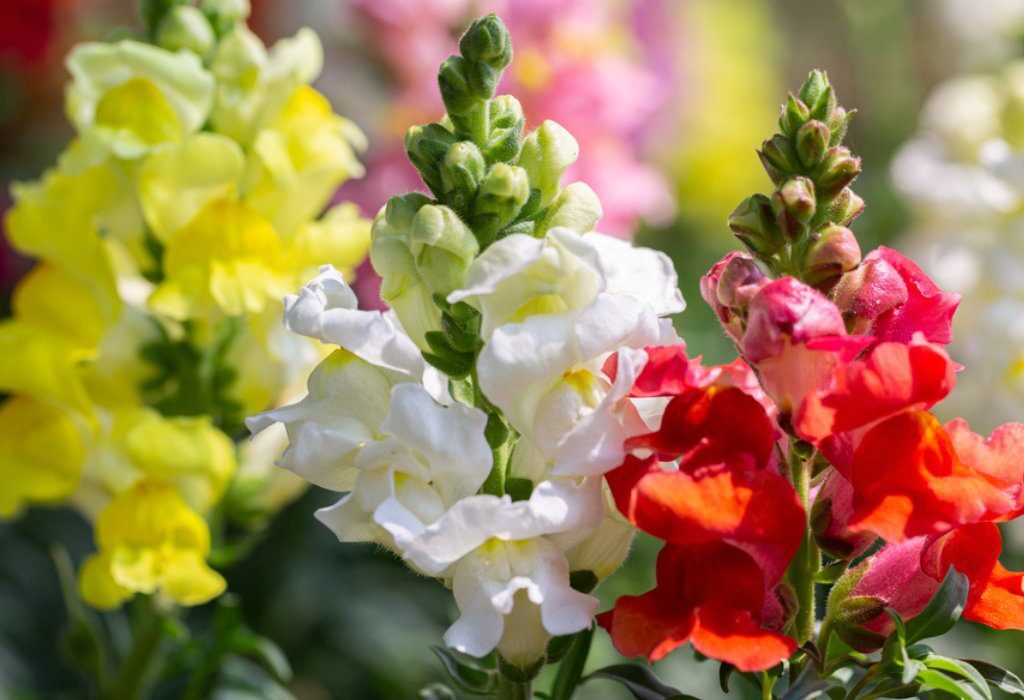
Which country produces the most snapdragons today?
The Netherlands leads the world by a wide margin—responsible for roughly three-quarters of global production, thanks to its greenhouse know-how, innovative breeding, and logistics excellence.
However, Colombia, Kenya, Ecuador, and the US are catching up with export-oriented farms targeting specific markets and seasons, particularly during Dutch off-seasons.
While snapdragons don’t command as large an industry as roses or carnations, they hold a unique niche in cut flower markets for elegance, fragrance, and season-long color. With continued innovation in sustainable growing, breeding, and distribution, the snapdragon industry is poised for continued growth.
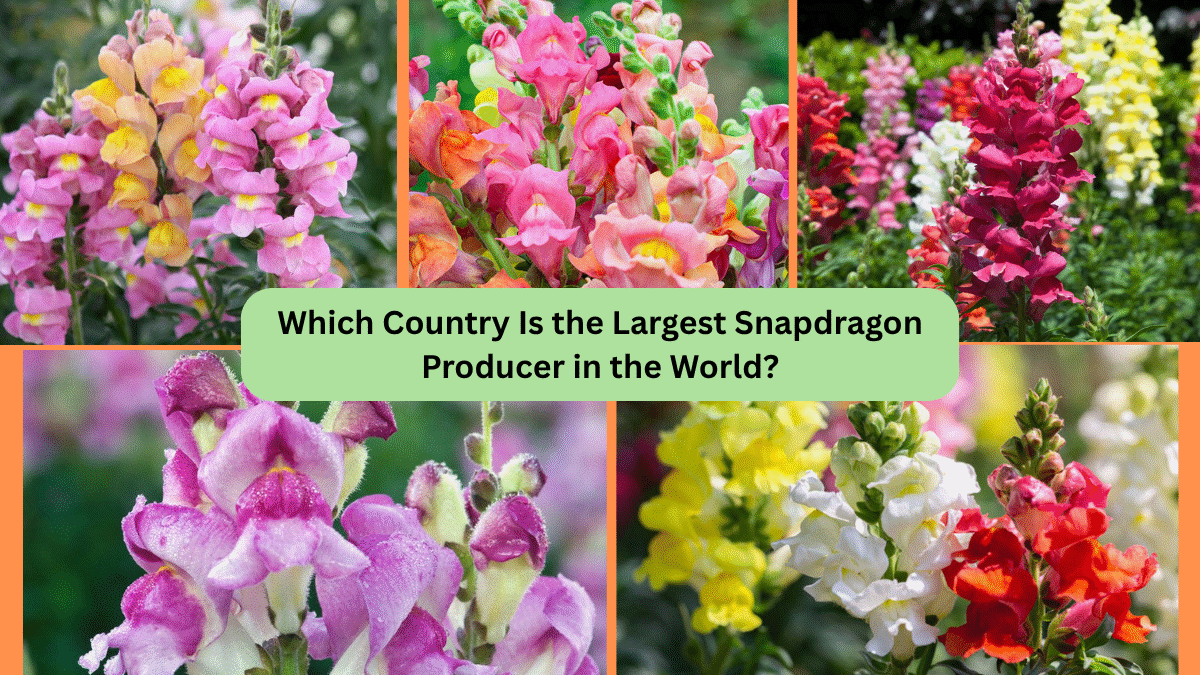




Leave A Comment